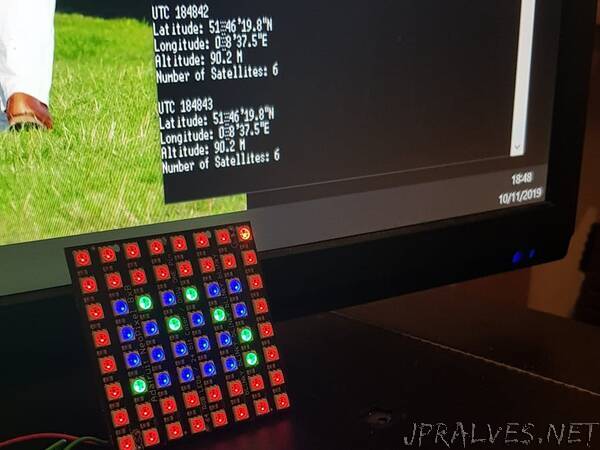
“FPGA based binary clock, which uses GPS for the time reference.
Introduction
Measuring time accurately has through out history presented a number of challenges. It was only with the John Harrison’s design of a reliable clock which could maintain a reference time at the Greenwich Meridian which enable accurate navigation in the 1700’s and the charting of as yet unexplored seas and lands.
Today we live in increasingly interconnected world and a accurate time reference is just as critical. Without a common time reference cell towers cannot easily synchronize codes and hand off calls as we pass from one tower to the next. Similarly time-stamping business and banking transactions without a common time reference can also be challenging and become an arbitration nightmare as to the sequence of events.
Of course the most accurate clocks available are atomic clocks, sadly however, they are also the most expensive, which limits the ability of institutions to use them.
There is however a time reference which is accurate to +/-10 ns and can be pulled from the air for free and that is the time reference provided by Global Navigation Satellite System. Of course, the most well known of these is the Global Positioning System (GPS) although there are several e.g. GLONASS and Galileo.
All of these satellites contain atomic clocks, which enable us to achieve a highly accurate time reference across systems.
In this project we are going to use a GPS receiver Pmod to receive a GPS signal and process it such that we can display the time on a binary clock.
To do this we will be using Vivado and SDK, this will be the last project we use SDK for now that Vitis is available.”
